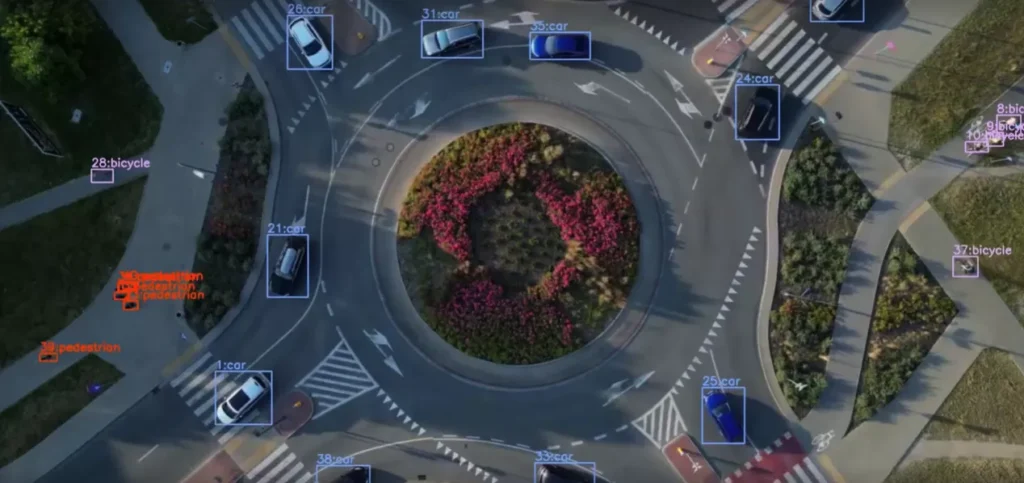

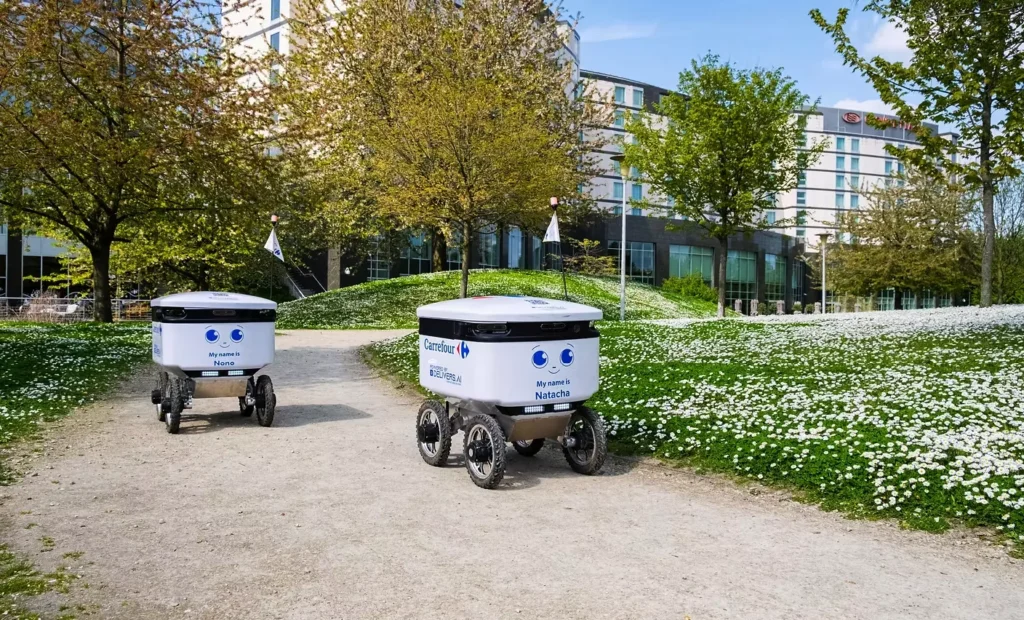
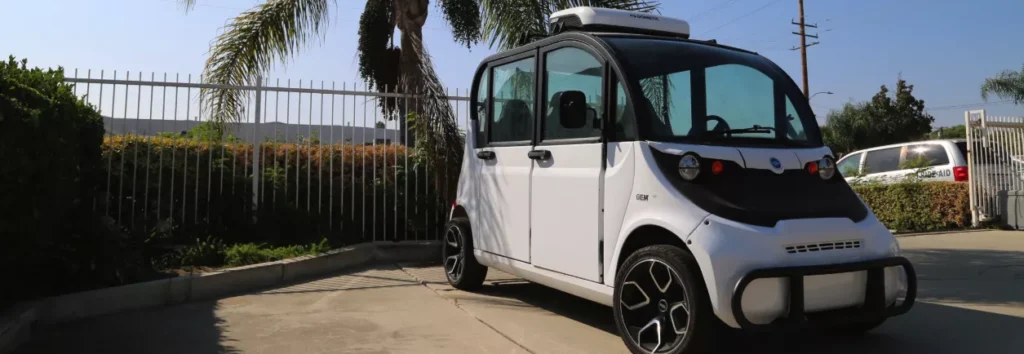
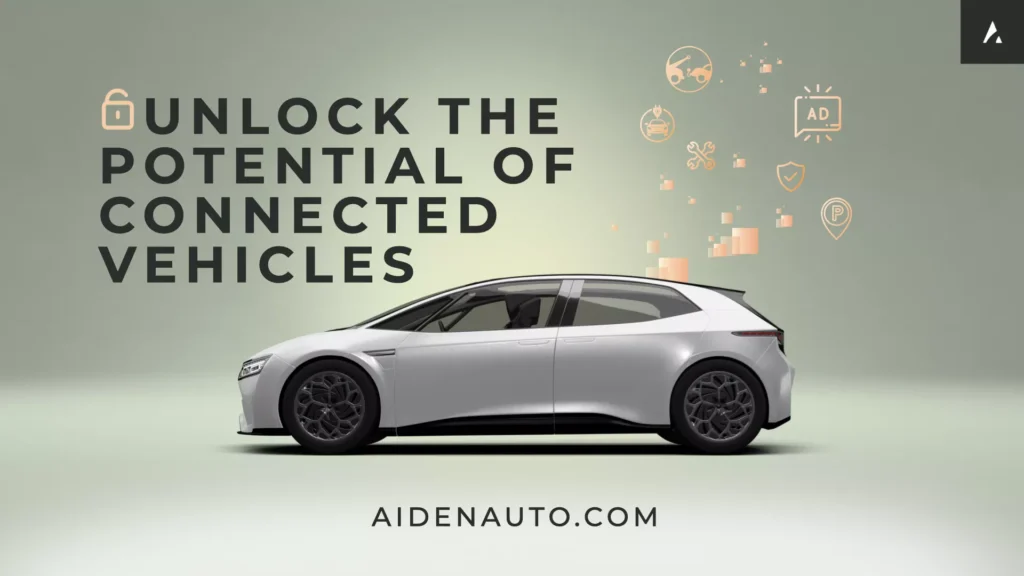





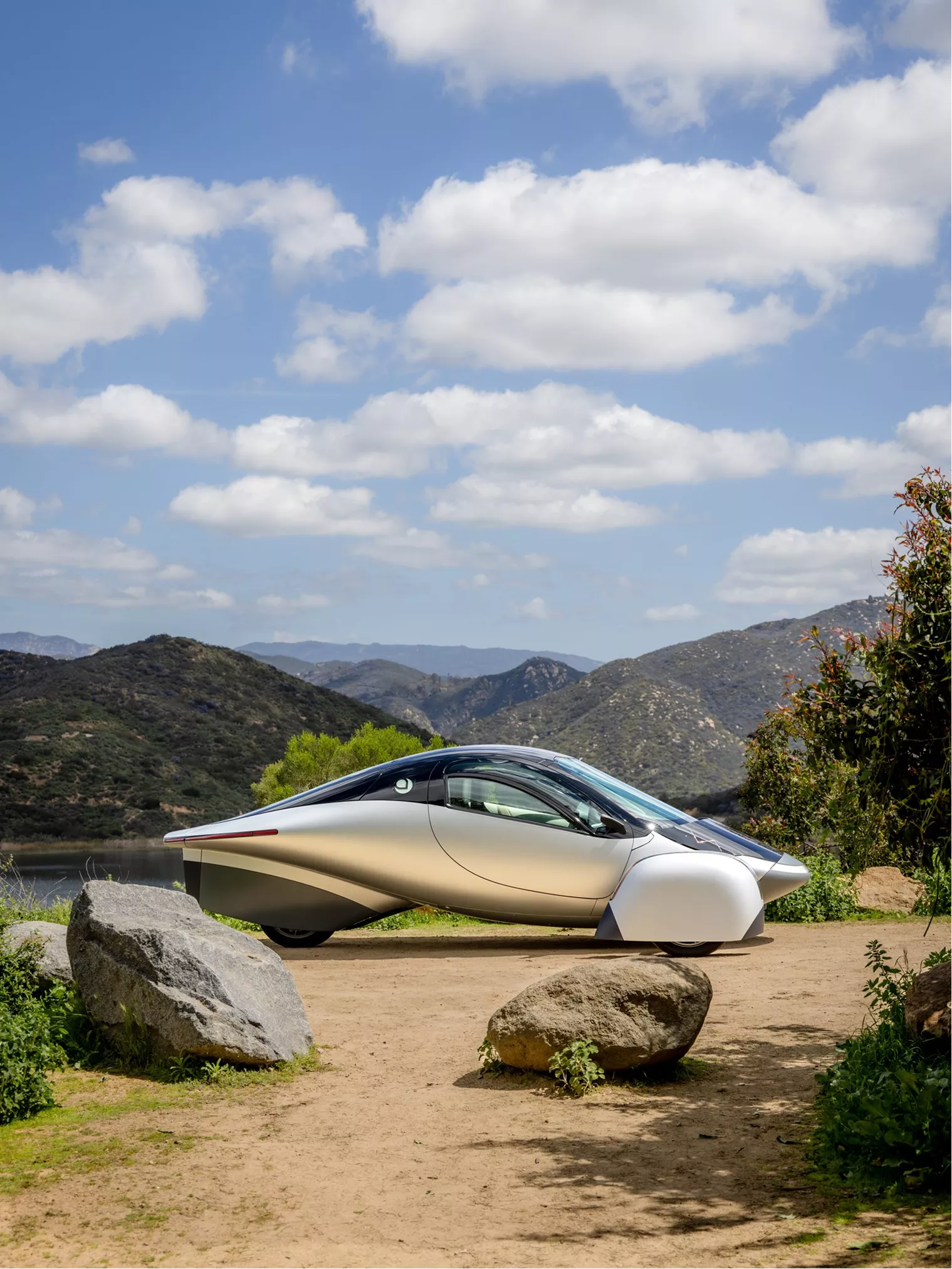
From EVs and batteries to autonomous vehicles and urban transport, we cover what actually matters. Delivered to your inbox weekly.

Saudi Arabia has launched its first on-road trials of autonomous robotaxis in Riyadh, marking a key step in the Kingdom’s push to modernize transport and reduce reliance on fossil fuels. The pilot—backed by WeRide, Uber, and autonomous systems firm AiDriver—will run for 12 months, with safety officers onboard to monitor performance and gather data ahead of a possible national rollout.
The initial deployment includes dozens of robotaxis operating across critical routes such as King Khalid International Airport, major highways, and central business districts. The goal is to have fully commercial services online by the end of 2025. The trials are part of a broader strategy under Saudi Arabia’s Vision 2030 plan, which aims to reshape the country’s economy and reduce its carbon footprint by pushing toward more sustainable transport systems.
The inclusion of Uber in the pilot signals a potential integration with existing ride-hailing infrastructure, while WeRide brings experience from autonomous deployments in China and the Middle East. AiDriver, which supplies self-driving tech tailored for harsh climates, rounds out the mix. Together, they are testing not only the vehicles but also how autonomous services can fit into a broader mobility network.
Saudi officials say a key objective is to align these services with the upcoming Riyadh Metro system, creating end-to-end transit options that reduce dependency on private cars. By piloting robotaxis in real-world urban settings—including airport pick-ups and dense commercial zones—the Kingdom is working out how the technology performs in live traffic, under varied weather conditions, and with human oversight still in place.
For stakeholders, the pilot has strategic value:
If the pilot stays on track, the commercial launch in 2025 would place Saudi Arabia among the first countries to move from limited AV testing to real-world service in high-traffic zones. With Vision 2030 as the backdrop, these trials are not just about vehicles—they’re about reshaping urban mobility from the ground up.